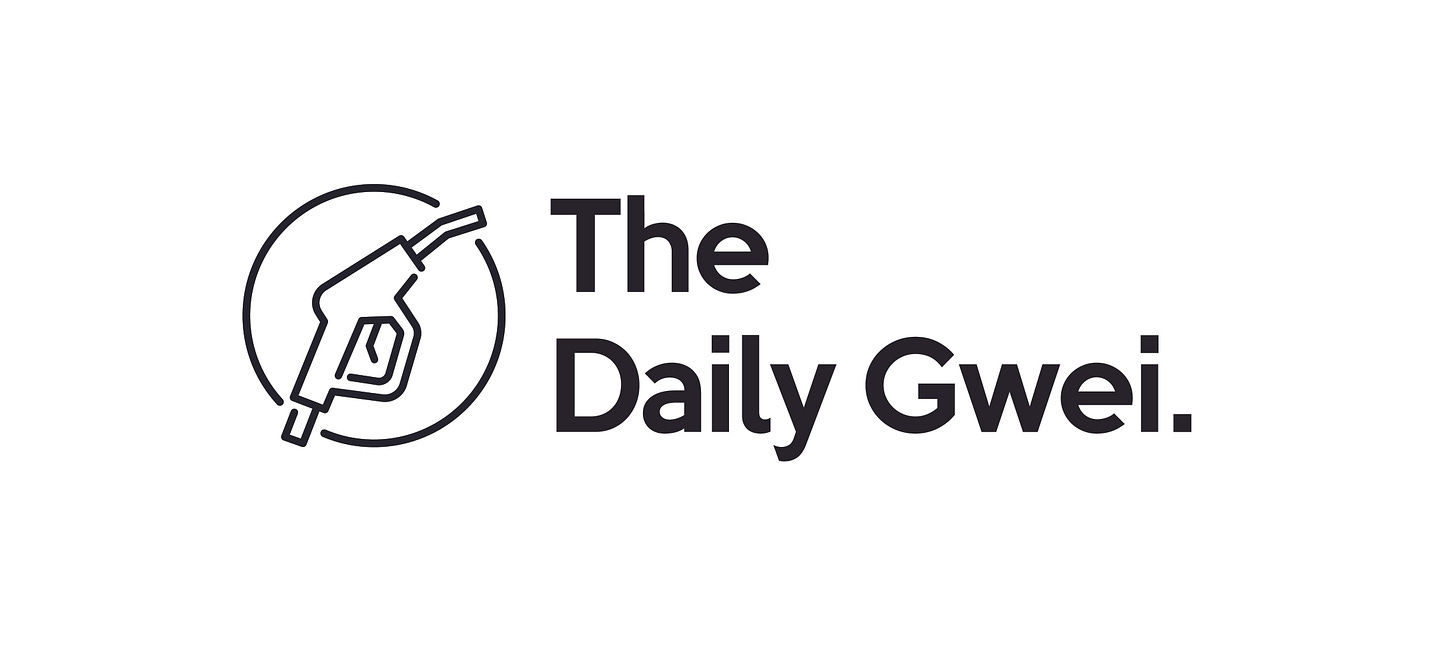Temporary Value Locked - The Daily Gwei #267
The "total value locked" metric is now flawed - here's why.
The total value locked (TVL) metric is a favorite of the crypto space because it’s a really easy metric to point to in order to paint a narrative around growth. I think that early on it was a decent measure of a DeFi protocol’s growth (before liquidity mining) but now it has become a target metric for projects which means that it ceases to be a good measure (thanks Goodhart).


There are a number of reasons as to why the TVL metric is now deeply flawed - some of them include: the metric is easy to game, it’s commonly inflated via liquidity incentives, not all TVL is created equal and now that it’s being used as a target, people have a strong incentive to inflate the numbers in any way that they can. Let’s break down some of these points and go over some tangible examples.
I believe that TVL is mostly flawed because of liquidity mining incentives - there have been countless examples of protocols that have gotten hundreds of millions (if not billions) of TVL within a short period of time only to lose it all once the incentives run out. This is simply because most people don’t actually want to use the product or service that the project is offering - they just want to farm and sell off the tokens for a profit. You’ll notice that the best and longest lasting projects in this space either have no current liquidity incentives (Maker, Uniswap and Yearn) or modest incentives that have only been put in place after the product was already widely used (Aave, Curve and Compound).
So, what are the best metrics we can use to evaluate DeFi protocols? Well fee revenue is the most obvious one but this is also quite nuanced - you need to distinguish between a protocols fee revenue and the fees going to the supply side of the protocol (such as liquidity providers). For example, 0.05% of the 0.3% swap fee on SushiSwap goes to the protocol (and SUSHI stakers) whereas the other 0.25% goes to liquidity providers - so only the 0.05% should be counted as the actual protocol revenue. Another metric to use would be to look at “unincentivized TVL” - that is, the value locked in the protocol that is not being used to farm a token or participate in any liquidity mining programs - this would paint a picture of how much capital (and how many users) are actually using the product for its intended purpose.
I don’t think there’s really a silver bullet metric that we can look at to measure the “real” usage of various DeFi protocols or even layer 1 blockchains themselves and it’s only going to get harder to measure this activity as time goes on (especially when it comes to layer 2 which I’ve covered previously here). Even metrics like layer 1 blockchain fee revenue can be gamed and inflated depending on the layer 1 that you’re looking at. I guess a collection of different metrics such as TVL, fee revenue, active users, number of integrations and others is probably the way forward from here though I am looking forward to what else people come up with!
Have a great weekend everyone,
Anthony Sassano
Join the Daily Gwei Ecosystem
All information presented above is for educational purposes only and should not be taken as investment advice.





Awesome...thanks!